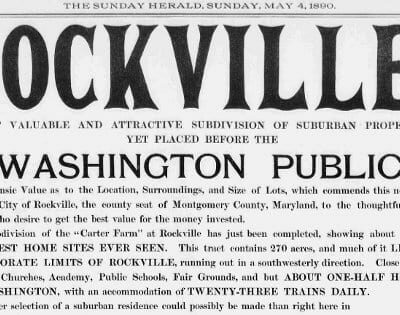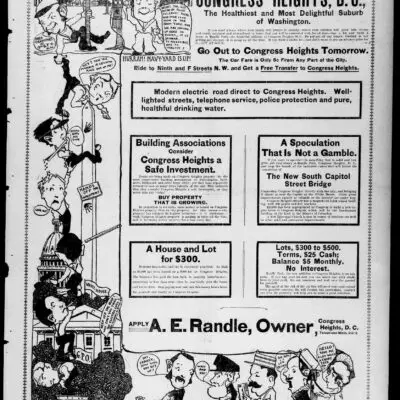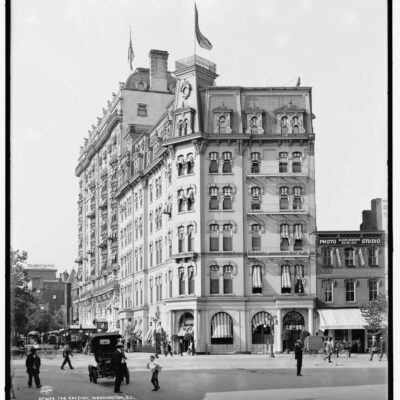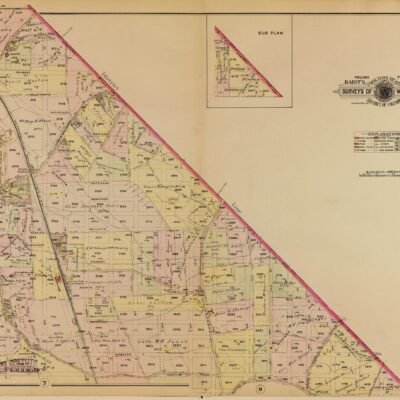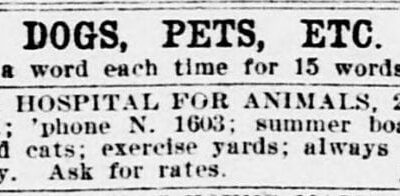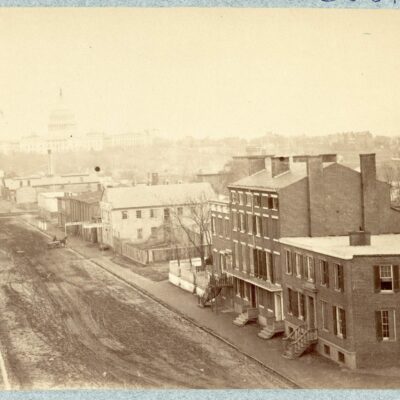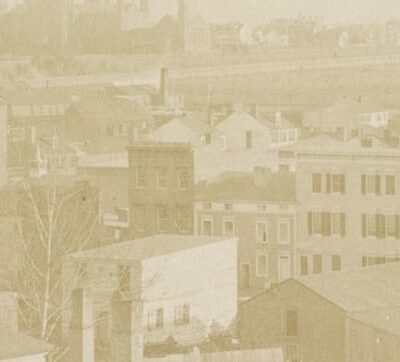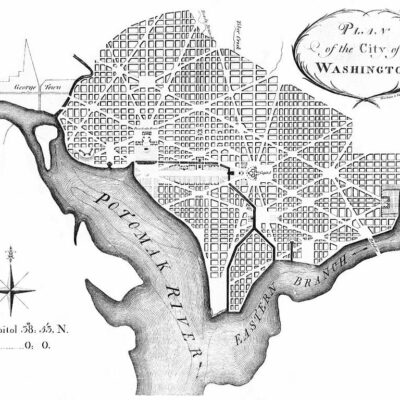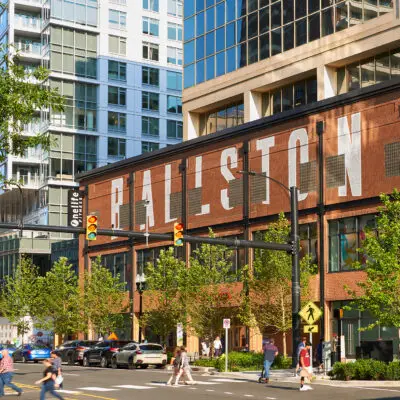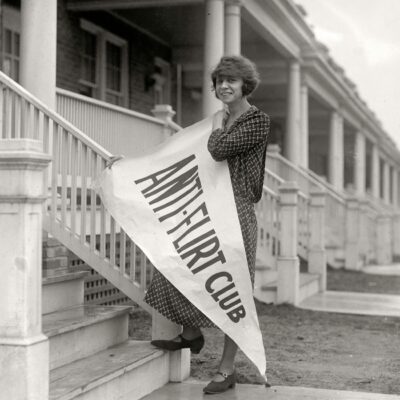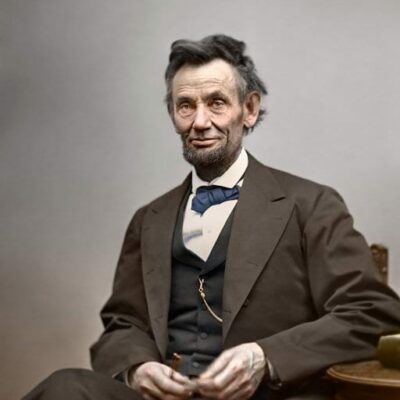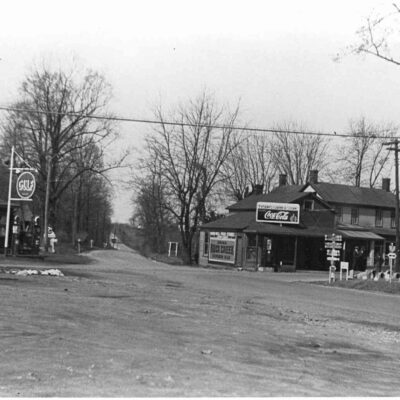Last week, we did a quick post on Fort Lincoln Heights. Now, I’d like to focus a little more on Deanwood, the former neighborhood of both Nannie Helen Burroughs and Marvin Gaye.
1. Before the Deanwood metro … way before
Deanwood’s metro stop recently had a dubious label attached to it. You’ll read later in this post that a different kind of danger was present in Deanwood over a hundred years ago.
I thought it might be interesting to share what the area around the metro stop looked like in 1907. Below is the Baist real estate atlas for the area near the current metro stop.

Play around with the current map below. The road above labeled Anacostia (near 5122 and 5118) became Anacostia Freeway (295), M is now Meade, N is Nash and L is Lee.
2. Frightful railroad crossing accident kills a prominent lawyer
The Baltimore Sun had a special dispatch from Washington on August 21st, 1897, detailing a horrific accident at the Deanwood crossing of the Baltimore and Potomac railroad tracks.
WASHINGTON, Aug. 29.–One of the most frightful accidents which has occurred here in years took place this evening at 6 o’clock at the Deanwood crossing of the Baltimore and Potomac tracks when Judge H. O. Claughton, a prominent lawyer of this city, and Miss Villa Custis lost their lives by being struck by a train.
Judge Claughton and Miss Custis had been out driving and were returning to the city. As they approached the railroad crossing at Deanwood the whistle of the New York express due at this time blew. Gateman Baker attempted to lower the gates to prevent the carriage from passing over the tracks. As he did so he saw that the gates would strike the top of the carriage, so he immediately raised them again. By this time the horses had passed upon the tracks, and in a moment more the carriage would have been over.
Just then the express, going at the rate of sixty miles an hour, crashed into the team, apparently striking it between the horses and the carriage. In a moment the air was filled with splinters and flesh, and the horses, carriage and occupants disappeared from view. The train was stopped as quickly as possible and backed up to Deanwood, and the conductor and trainmen gathered up the wreck.
The body of Judge Claughton had been thrown a distance of seventy yards and that of Miss Custis nearly as far. Both lay at some distance from the track. They had been killed instantly, apparently, by the tremendous shock. At one side of the road lay the horses, both dead. The carriage was in splinters. An incoming train was stopped and the bodies placed on it and brought to this city.
An inquest will be held tomorrow to determine, if possible, where the blame lay. The gateman is the only witness to the accident, and he says that he did all that was possible to prevent it. The team the Judge was driving was an elegant span of horses and they were coming down the road at a fast clip. At the crossing there is a slight cut, and, it is believed, that the view was obstructed by houses and a fence, so that the occupants of the carriage had no idea they were in danger until they had been struck. Their bodies showed bu slight wounds.
Miss Custis is a daughter of Dr. W. B. N. Custis, of 112 East Capitol street.
Judge Claughton was born in Westmoreland county, Va., May 20, 1828. He was consul at St. Martins, West Indies, in 1850-1, and in 1873-6 he was a member of the Virginia Senate. In the latter year he removed to this city, where he soon accumulated a large and lucrative practice. He was made a professor at the law school of the National University in 1882, and has ever since been in the faculty. He was one of the counsel in the famous Potomac flats case, now pending before the United States Supreme Court.
Is it me, or is it weird that a 69-year-old man is out for a drive with the daughter of a local doctor? The papers did state that Judge Claughton and Dr. Custis were friends. Maybe I’m reading too much into it, but it seems odd. In the 1880 U.S. Census, Claughton is listed as married to Jennie, with two daughters, a son and two adopted daughters — the judge’s father, a servant and cook also lived in their home on 3rd St., just north of the Capitol Building. Maybe he was a widower by 1897 and maybe it was just an innocent ride to the country.
After a little digging, I found out that Custis was 28 years old at the time. By 1897, Claughton no longer was living near the Capitol, having a residence at 1740 P St. NW and there was no mention of his next of kin in the article.
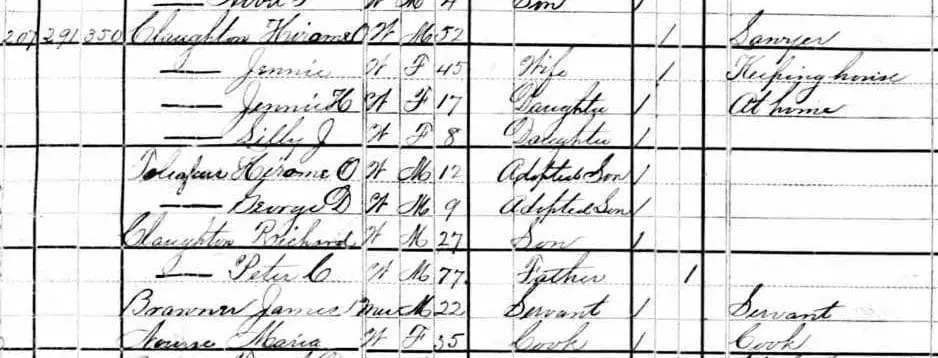
The Pennsylvania Railroad was declared responsible for the accident, having been negligent in sufficiently protecting the Deanwood crossing. The gates at the crossing were lowered and raised manually and it was company policy to only lower them when the oncoming train was in sight. There were two 12-hour shifts operating the gate, with the day man being paid $45 a month and the night man receiving $40 for his shift.
3. President Roosevelt’s train at Deanwood
I stumbled across an interesting, but very brief, mention of the President passing through Deanwood over a hundred years ago. This was in the Washington Post on November 23rd, 1902.
The Pennsylvania Railroad informed police headquarters last night that the President’s special train of four cars, from Philadelphia, would remain on a siding at Deanwood from 4 o’clock this morning, until 7:30 o’clock, at which hour the Executive wished to be awakened. the train, scheduled to leave Philadelphia at midnight, arrived in the city at an unseasonable hour. It was thought best not to disturb the President’s rest by rousing him before his usual hour of rising.
President Roosevelt was in Philadelphia on November 22nd to attend the dedication of the Central High School for Boys during the day and at night, he went to the celebratory banquet of Founders’ Day at the Union League. The party went quite late and Roosevelt boarded his train home at the Pennsylvania Railroad station.

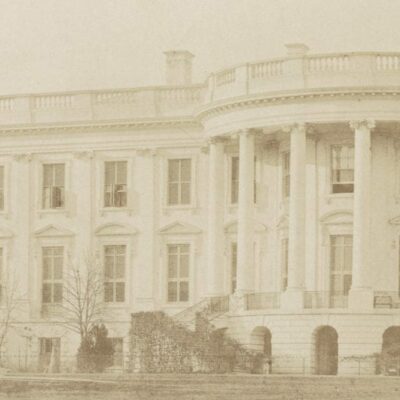
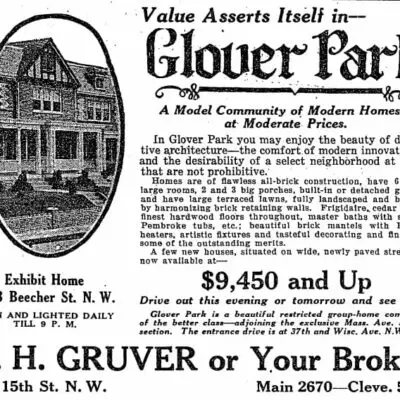
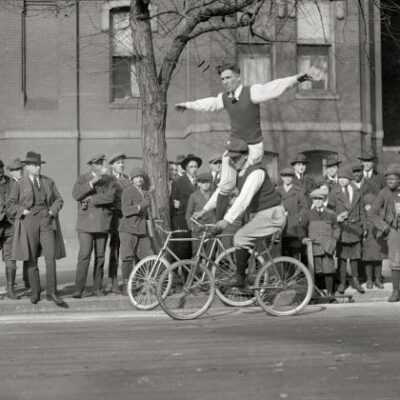
![Washington, D.C., 1920. "Gripp, Mathew, [Nathan] Lahn, Troske -- Gallaudet U." Gridiron stars of the first college for the deaf, credited with inventing the football huddle in the 1920s as a way to keep its signed plays secret.](https://ghostsofdc.org/wp-content/uploads/sites/7/2012/11/SHORPY_29576u1-400x400.jpg)
